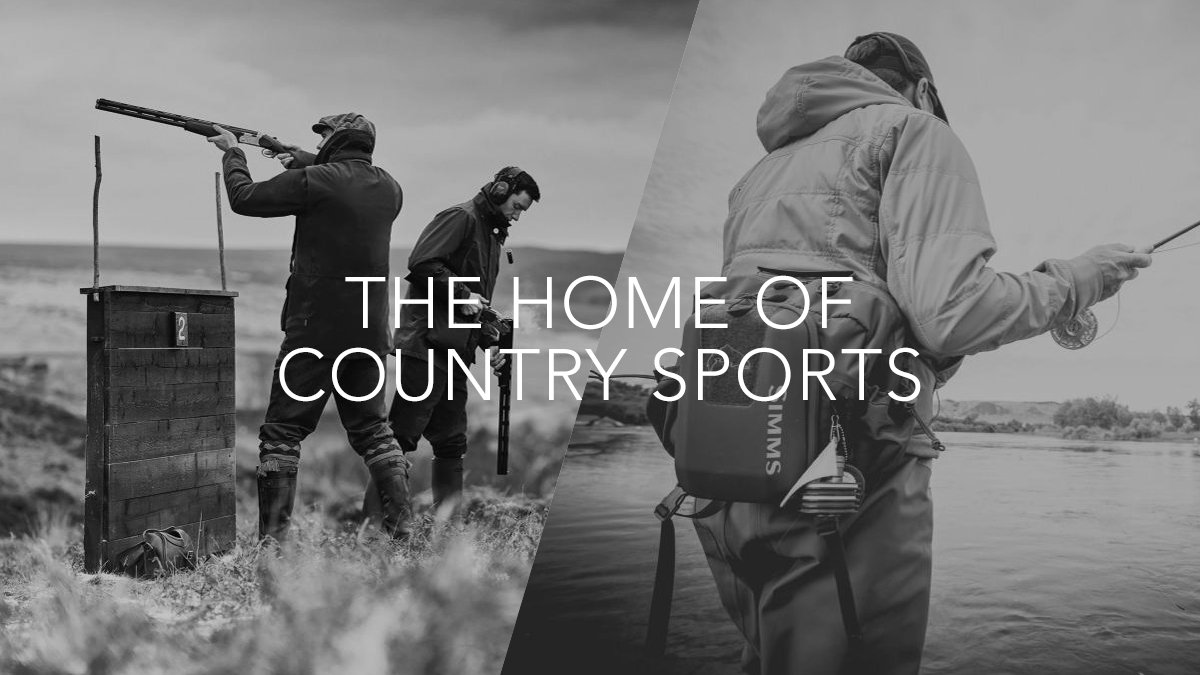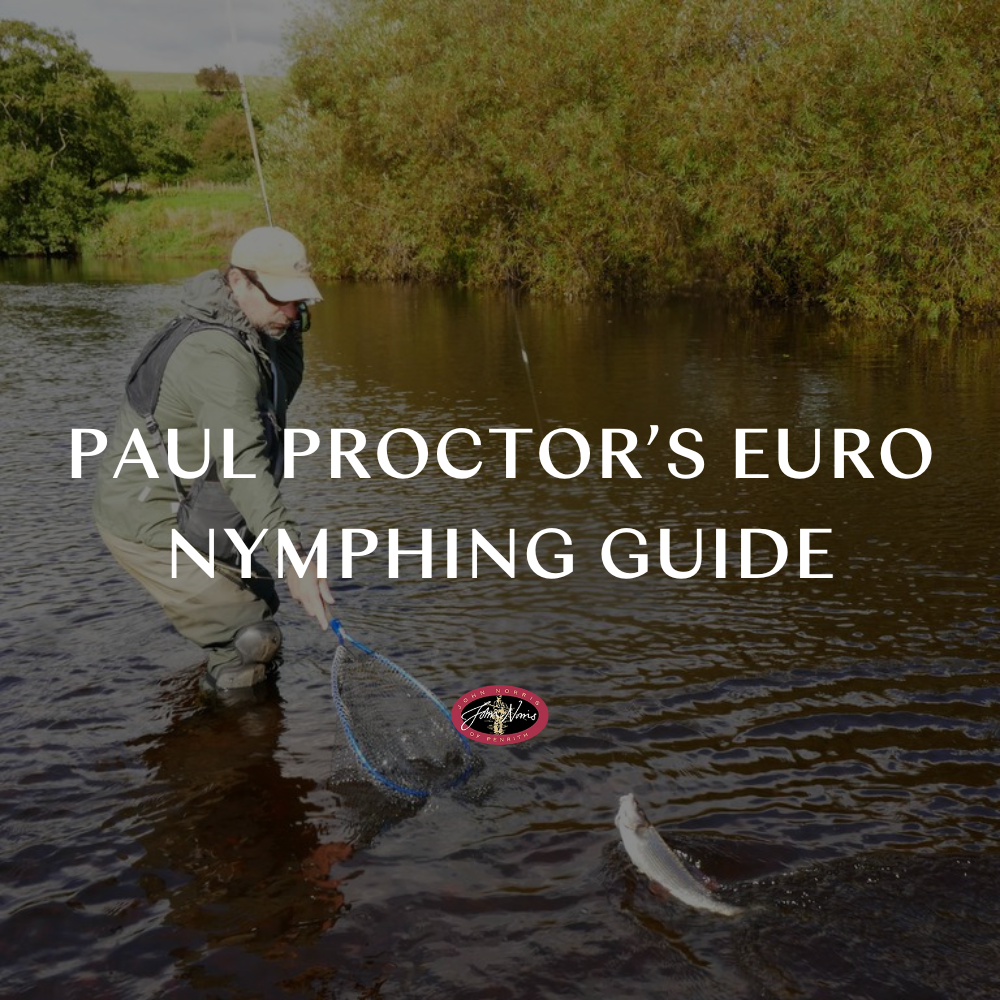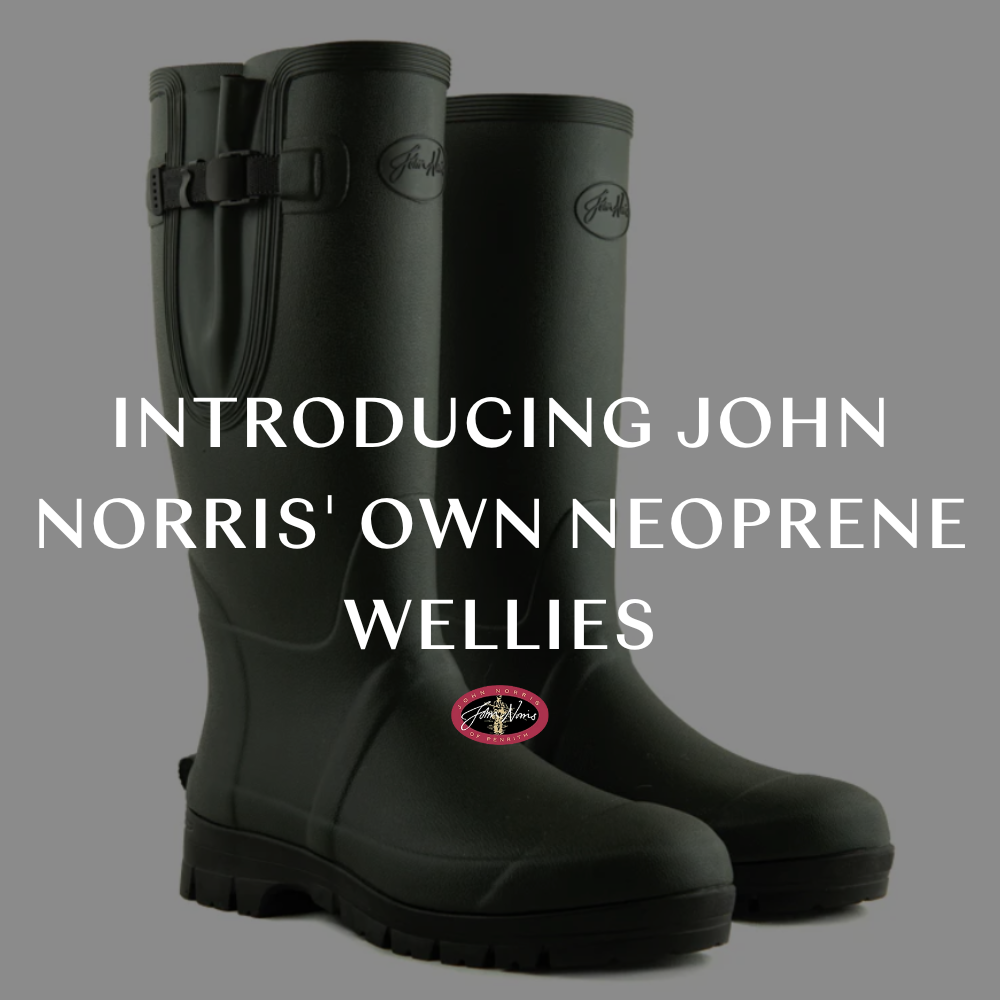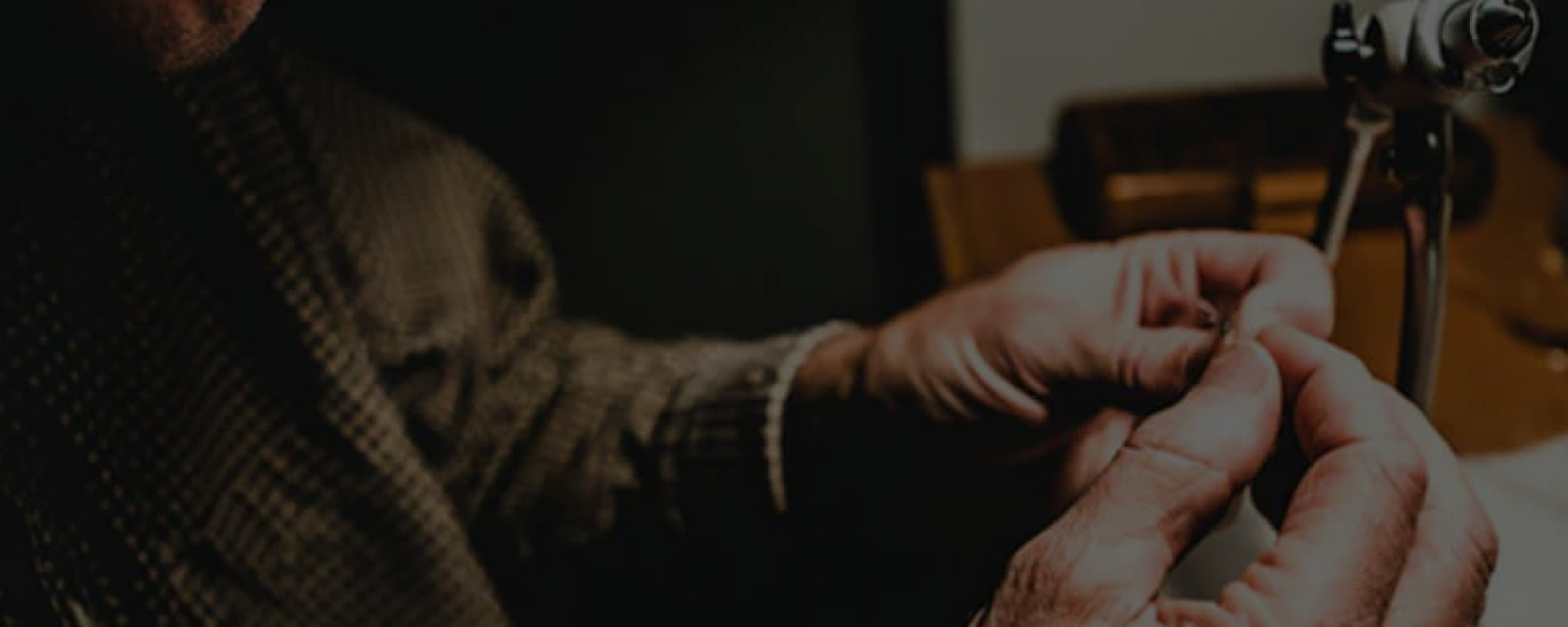A Beginners Guide To Sea Trout

Fishing for sea trout is a subject which is shrouded in mystery, with each angler seemingly having their own opinions on the subject. Each river has different sea trout, which have evolved and adapted to their environment. Therefore, a different approach to each river is needed. Some fishermen will tell you that sea trout will not feed when they enter fresh water, while others will give the opposite advice. Some prefer to fish at night as sea trout are more active and less spooky in the dark. Others will tell you that fishing during the day can be just as effective. The following will explain some of the factors you should take into consideration when fishing for sea trout.
Where to fish for sea trout England Tyne, Tamar, Wear, Tees Wales Towy, Dovey Scotland, Tweed, North & South Esk, Earn, Outer Hebrides.
When to fish for sea trout When deciding when you should start fishing for sea trout, it is important to remember that each river has its own conditions, which will have a bearing on your success. Local knowledge is, therefore, invaluable. Generally speaking, the end of May to September are when sea trout will come into our river systems with July Being the best month.
Fishing for sea trout at night As previously mentioned, night time is a great time to fish for sea trout. It is not, however, without its dangers. The first thing to remember when fishing at night is that you should be very familiar with the section you are wading in. A comprehensive reccy of the area during daylight hours will mean that you are familiar with conditions when you come back at night. You should also be aware of the tide times of the river in question and the phases of the moon, which will both have an impact on water levels. Without your normal sense of sight, you will have to depend on other senses so it is important that you are able to cast accurately. Again, this is something you should look to get right during the day. Make sure that you are organised and have everything to hand, so that you are fully prepared. It may also be worth taking a companion for that added peace of mind. You will find at night that the sea trout will move out of the fast flowing streams and into the slow moving deeper pools.
What equipment will I need? Obviously, what you wear when sea trout fishing will largely depend on the conditions. In general, look for breathable materials such as Gore-Tex and footwear with felt and studs for added grip. A good brand to go for is Simms, which offers a range of products in these materials. For protection, wear a pair of clear safety glasses, together with a life jacket. Also bring a wading staff, a hat and insect repellent. If you are fishing at night, remember to bring two torches, one in your bag and the other on a lanyard around your neck.
What tackle will I need? In terms of tackle, go for a middle to tip action rod, around 10’ – 11’ in length with a line rating of 7-8. Pair this with a large arbor reel with 100 yards of backing and a weight forward floater, intermediate and fast sinking lines. Suitable flies for sea trout fishing are simple, slim and sleek. Low water irons between sizes 4 and 10 are ideal, together with Waddingtons or tubes of around 1.5"-2.5".










